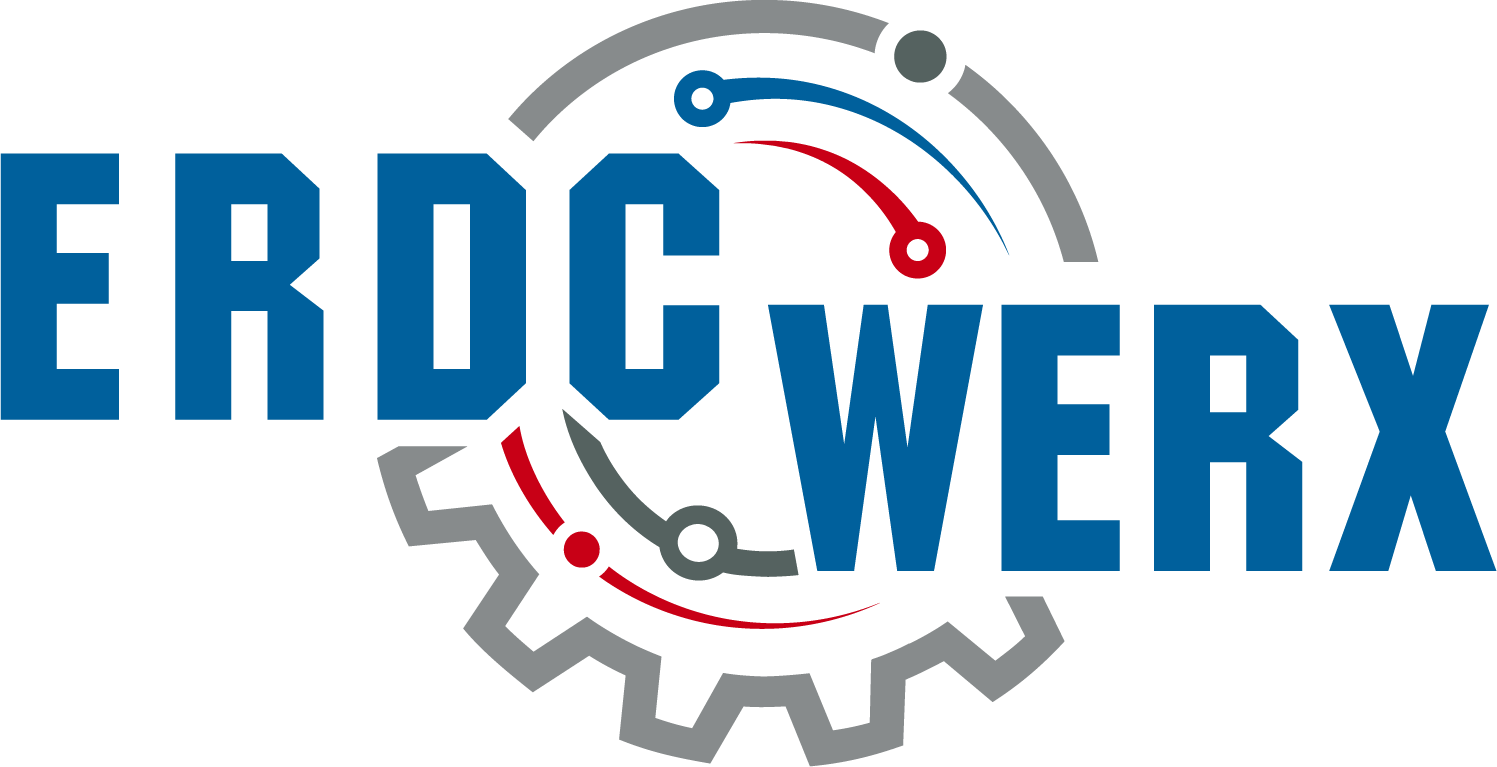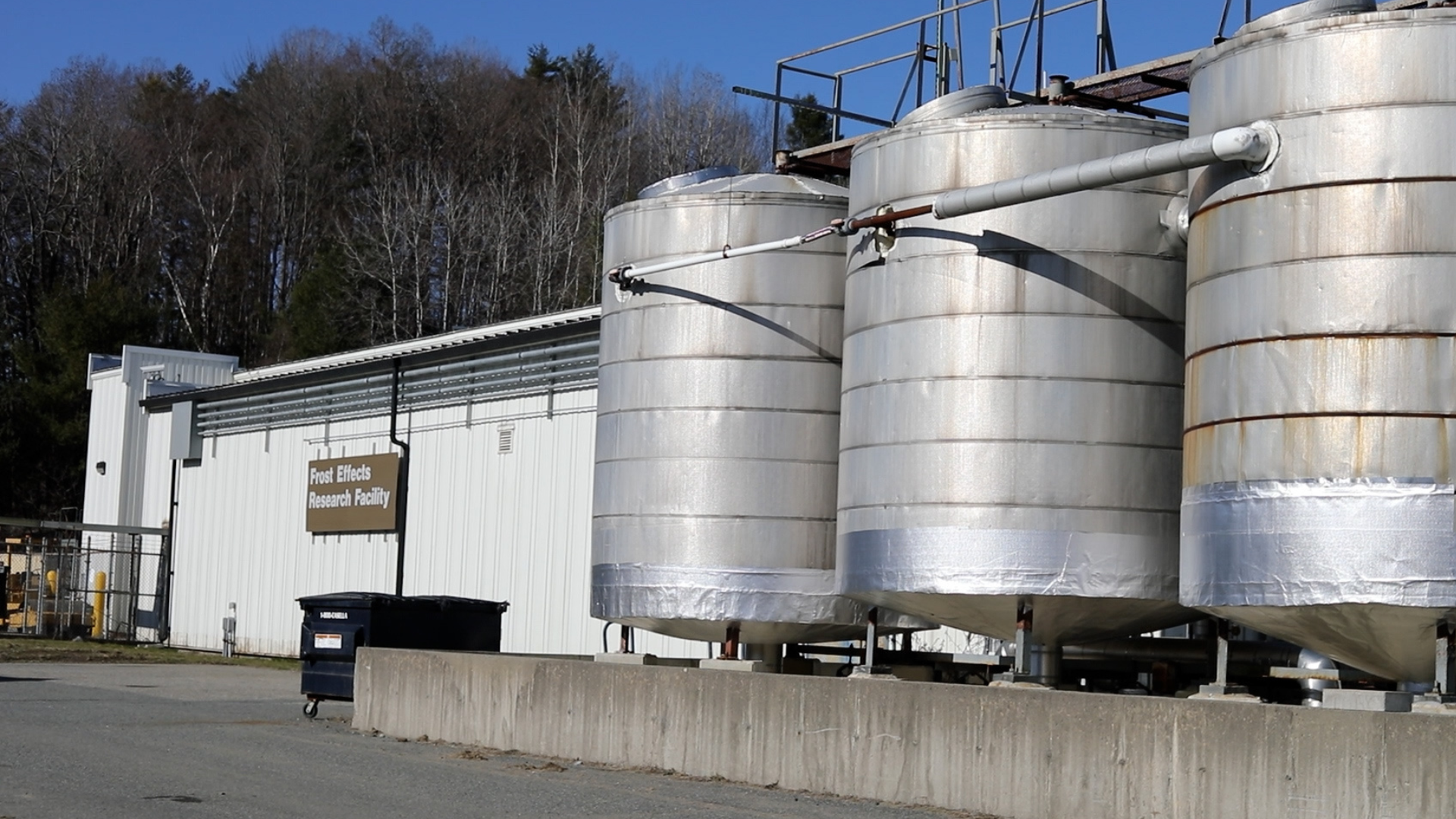Overview
The U.S. Army Engineer Research and Development Center (ERDC) Cold Regions Research and Engineering Laboratory (CRREL) invites solutions that will enhance the Frost Effects Research Facility (FERF) cooling reliability and efficiency. Solutions need to allow for lower temperatures to be sustained and controlled inside the research space of the FERF.
Located in Hanover, NH, the FERF is the largest refrigerated warehouse in the United States that can be used year-round for a variety of roadway and pavement, geotechnical, and other investigations at sub-freezing temperatures. Tests can be conducted using a combination of ambient and ground temperatures from approximately 20°F to 80(+)°F, with the ability to conduct accelerated pavements testing and evaluation due to the effects of repeated freezing and thawing.
On-hand equipment to support non-destructive pavements investigations includes a 20-ton crane on a rail, a falling weight deflectometer (FWD), a heavy weight deflectometer (HWD), a heavy vehicle load cart to rapidly replicate a large number of passes by typical highway traffic loads, and other equipment.
In addition to controlling temperatures, testing can incorporate controlled moisture conditions and use a variety of specific sub-grade materials.
As an example of the FERF’s flexibility to accommodate a wide range of RDT&E investigations, a mobile 40-ft wave tank is housed in the Southeast quadrant to study sea-ice interactions with waves and petroleum products, with wider temperature ranges and other additional testing capabilities. The facility will soon become home to a Frost Effects Load Simulator to simulate dynamic loading on a wide array of infrastructure at sub-freezing temperatures.
The ERDC-CRREL is interested in solutions that entail the development of a system, or components of a system, that will be able to cool the FERF and better utilize and control the existing cooling system. There are thought to be many potential solutions that can be utilized to accomplish this.
For informational purposes only, the current state of the FERF includes the following conditions:
- The FERF has twelve (12) air handlers, three (3) of which are at end of life.
- The FERF has spaces for two (2) additional air handlers.
- The air handlers utilize electric defrost that tax the electrical system and add heat to the space.
- The switchgear is at end of life and there are no available breaker buckets.
- The FERF has three (3) new chillers (one (1) low and two (2) medium temperature); currently only the medium temperature chillers service the building. There is no valving to utilize the low temperature system in the FERF.
- The warm glycol defrost system is not operational.
- Many of the valves in the FERF are air operated and currently uncontrollable.
- The building envelope has some gaps that let heat in.
Virtual Site Visit
Visit the FERF to view its current state
Estimated Government Funding Profile
$850,000; multiple solutions may be selected; total system solutions as well as partial (component) solutions will be considered
Estimated Period of Performance
Ideally solutions should be fully implemented in 14 months from the date of award or less.
Project Manager
Cold Regions Research and Engineering Laboratory (CRREL), U.S. Army Engineer Research and Development Center (ERDC)
Project Security Classification
☒ UNCLASSIFIED
☐ SECRET
☐ TS/SCI
Background and Problem Statement
The FERF is a prototype large scale research facility with approximately 29,000 SF, of which approximately 20,000 SF is cooled research space. The FERF cooling system utilizes two (2) cold glycol tanks (one (1) low-temperature and one (1) medium-temperature) that are cooled by three (3) chillers (two (2) medium-temperature specified to produce glycol between -15°F to 120°F and one (1) low-temperature specified to produce glycol between -37°F and 50°F) and one (1) tank that stores warm glycol. The heat pumps that previously produced the warm glycol are inoperable. The 60/40 ethylene glycol refrigerant in the medium temperature tank is then circulated through a series of air handling units (AHU) to cool the FERF space. The tanks and medium-temperature chillers can produce about 120 tons of cooling. The currently functional AHU’s can produce approximately 70 tons of cooling. Solutions need to enhance the cooling capabilities, controls, and efficiencies of the FERF.
Desired End State
The objective of this effort is to be able to control the FERF to within 3°F, maintain temperatures below 25°F, and produce a total system cooling capacity of 120 tons of refrigeration. The upgraded system should also have the capability of utilizing the warm glycol tank and existing operable infrastructure to defrost the air handlers with warm glycol. Complete or partial solutions will be considered, and multiple awards may result from this announcement.
Evaluation Criteria
Submissions will be evaluated based on the criteria described in ERDC’s CSO Solicitation document. Evaluations will be conducted by a project team comprised of nationally recognized government experts.
Notional Project Schedule
Proposed project milestones include:
| June 15, 2023 | Submissions Close (Deadline Extended) |
| June 26, 2023 | ERDC Completes Evaluation of Submissions |
| June 27-29, 2023 | Virtual Pitch hosted by ERDCWERX (optional)* |
| July 12, 2023 | ERDC Selects Final Candidates |
| July 19-28, 2023 | Scope Collaboration |
| August 14, 2023 | Full Proposal Submission |
| August 31, 2023 | Full Proposal Evaluation |
| By or Before August 31, 2023 | Anticipated Contract Award |
*If needed; dates may vary to accommodate project team and participant availability.
How to Participate
Qualified parties may submit by completing a submission form and uploading required documentation as defined in the CSO Solicitation document.
1. Develop proposal in solution brief format (download solution brief template)
2. Complete the submission form; attach solution brief and pitch deck PDF(s)
Submission Instructions: This solicitation is issued consistent with the authority granted to the U.S. Army Engineer Research and Development Center (ERDC) through the establishment of its Commercial Solutions Opening (CSO), W913E523SC001, with a focus on the mission of the Cold Regions Research and Engineering Laboratory. Submissions must follow the requirements as detailed in the CSO Solicitation document.
Questions:
Interested parties may submit questions using this form until June 8, 2023.
Submissions must meet stated requirements and be received no later than 2:00 pm CST on Thursday, June 15, 2023.
ERDC-CRREL is conducting this project announcement on a full and open basis and intends to award contracts in accordance with FAR part 12 and the FAR part that is deemed most appropriate for the solution proposed (i.e. FAR part 13, 15, and/or 35); the government reserves the right to award prototype agreements (e.g. Other Transaction Agreements), in accordance with 10 U.S.C. 4022, if deemed appropriate and in the government’s best interest.


